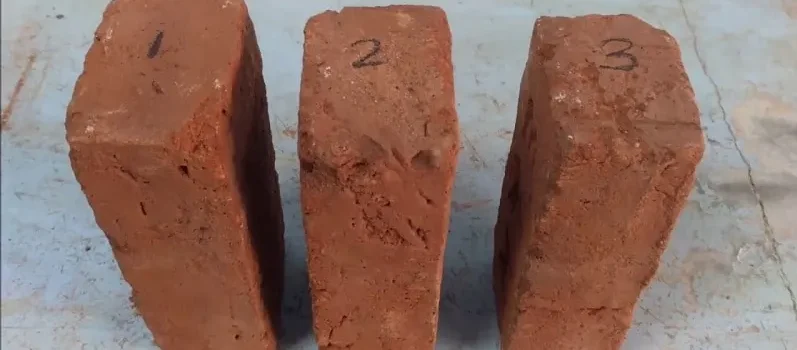Water absorption is an important property in masonry. This property can affect the quality of the brick itself and the bond strength between the brick and mortar in masonry structures and can reduce its strength properties.
Brickwork below and just a little above the ground level is vulnerable to sulphate attack, frost, rain, and dampness, particularly one course below and two courses above the ground. In this area, bricks will become and remain wet for longer period of time. Saturation degree will mainly depend on the exposure of brickwork, weather and climate, soil, and site drainage.
Water is absorbed by pores in bricks. The porous bricks will allow absorption of rainwater, thereby giving rise to dampness in the wall. A brick with less than 7% water absorption provides better resistance to moisture and frost, hence these are often used for external DPC (damp-proof course) works.
Certain bricks with low water absorption and good frost resistance can be used for the construction of DPC, retaining walls, free-standing walls, and in landscaping projects. For these, it is essential to pay attention to low water absorption percentage, frost resistance (F2) and active soluble salts content (S2).
If the water absorption of a brick is high, then the brick will absorb water from the mortar upon stacking, reducing the hydration of the mortar, and the bonding between the brick and mortar will be weak. Meanwhile, the mortar strength will decrease due to the water absorbed by the brick. Also, if the brick absorbs more water than the recommended result, it adversely affects the strength of the brick and the durability of the structure.
To achieve optimum brick/mortar bond strength with a particular brick type, there must be compatibility between the brick’s absorptive properties and the mortar’s water retentive characteristics.
With unwanted moisture intrusion, masonry units and mortar can crack. When water enters brick, thermal expansion can cause the surface to peel, pop out, or flake off. Excessive moisture also results in wall rot. It can also lead to a disintegration of insulation and the staining of interior finishes. High on the list of aesthetic impacts of too much moisture is efflorescence, a white, powdery, crystalline deposit on masonry surfaces. Essentially, efflorescence results from a salt within the masonry unit that has been dissolved by excess moisture and has migrated to the surface of a porous material, where it forms that unmistakable white bloom as the water evaporates.
